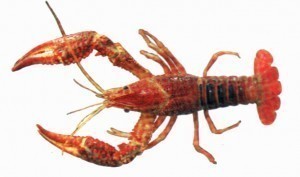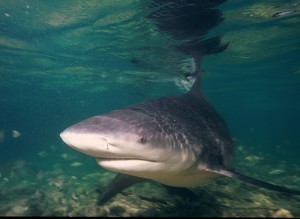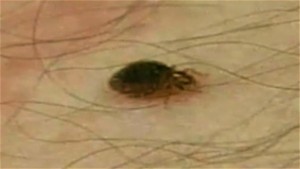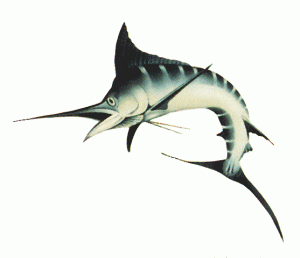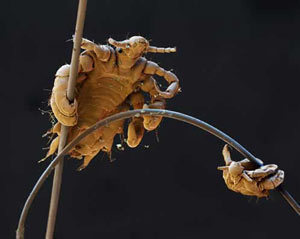Smallest Turtle
Turtles are reptiles characterized by an outer shell that serves as their shield against predators, among others. There are approximately two hundred and seventy different kinds of turtles known to date.
They have been in existence for over two hundred million years; making their appearance long before dinosaurs came to exist. A good number of turtle species are considered as endangered today.
The largest tortoise in the world is the Galapagos Tortoise. It can grow up to an approximate length of six feet or about 1.8 meters and can weigh up to a heavy eight hundred and eighty-two pounds – that’s about four hundred kilograms!
What is the Smallest Turtle?
The smallest tortoise is the Speckled Padloper Tortoise. Males of this species can grow only between six and eight centimeters or roughly about 2.4 up to 3.1 inches.
Females on the other hand can grow up to ten centimeters in length or about 3.9 inches long. This tortoise has an average weight of ninety-five up to one hundred and sixty-five grams which is equivalent to 3.4 to 5.8 ounces.
Incidentally, tortoises are also known as land turtles.
Habitat and Diet
Speckled padloper tortoises prefer to live in rocky terrains and they are mostly prevalent in South Africa. They do not take captivity very well unlike other turtles that are ideal as pets, hence; they usually die soon after captivity.
The reason for this is that they do not adapt well to diets given them in captivity and they also do not adapt to changes in climate.
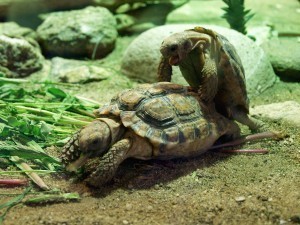
However, if you can re-create their natural habitat and secure plants that they are accustomed to, they have a very strong chance for survival.
There are specific plants, weeds and grasses that are ideal for this type of tortoise and there are also those that are harmful to them specifically plants that are high in oxalate.
Oxalic acid when combined with calcium in plants produces calcium oxalate which the speckled padloper tortoise cannot absorb and digest.
Prevalent Health Problems
Eye infections, abscess, runny nose and diarrhea are the most common health problems that these tortoises suffer from. These are even more common for tortoises being kept in captivity.
Symptoms for eye infections include swelling, discharge and/or inability to open the eyes. There are topical ointments that can be used for this health issue.
Abscess, pustules or boils commonly appear in the tortoise’s ear area although they can also occur in other parts of the animal.
Runny nose on the other hand is common in environments where the humidity level is high. Finally, diarrhea usually occurs when the tortoise is not give a proper diet such as overfeeding it with fruits and underfeeding it with fiber.
If you are taking care of a pet speckled padloper and it shows signs of any kind of illness, it is best to let a vet check your turtle rather than self-medicating your pet.

